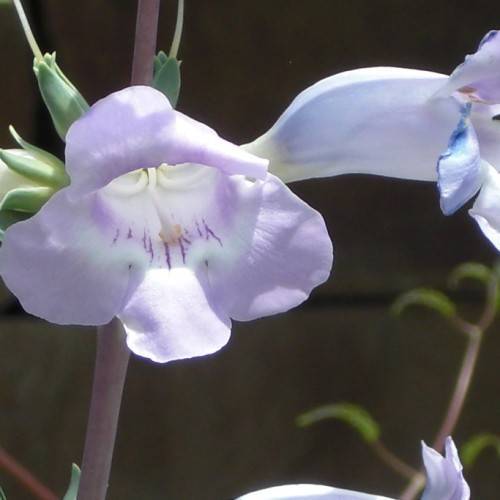
large beardtongue
Penstemon grandiflorus
Cycle:
Herbaceous Perennial
Watering:
Minimum
Hardiness Zone:
3 - 9
Flowers:
Flowers
Sun:
Full sun
Leaf:
Yes
Growth Rate:
Low
Maintenance:
Low
Drought Tolerant:
Yes
watering
Large beardtongue requires frequent irrigation during the summer months, particularly during periods of hot, dry weather. During these months, water the plant every 2 to 3 days. During the winter season, water the plants every 5 to 7 days or as needed. Ensure that the soil never becomes overly saturated, as this will likely cause root rot. Monitor the soil moisture level weekly, and supplement watering for the plant as necessary.
sunlight
The large beardtongue plant (Penstemon grandiflorus) prefers full sun, which means it requires at least 6 hours of direct sunlight per day. This plant species thrives in the late spring and early summer when the sun is at its strongest, though it can tolerate some shade during the mid-summer heat. In areas with intense sunlight (such as the US south and southwest), the plant should be given some dappled shade during the hottest part of the day, especially in the afternoon hours. It's also important to provide the large beardtongue with adequate air circulation to avoid moisture buildup which can lead to fungal issues. Overall, the plant should receive roughly 6 to 8 hours of direct sunlight per day, with the majority being in the morning and early afternoon.
pruning
Large beardtongue (Penstemon grandiflorus) should be lightly pruned during active growth in summer or fall, when the visible stems are actively growing and blooming. Pruning in late fall or winter can result in fewer blooms and can damage the plant. To encourage blooming the following season, prune spent flowers after they fade soon after they bloom to maintain an attractive display. In spring, when the plant has finished flowering, prune the stems back hard to the ground or nearly so to encourage new basal foliage and late summer flowering. It is best to prune no more than 1-third of the foliage at 1 time.
